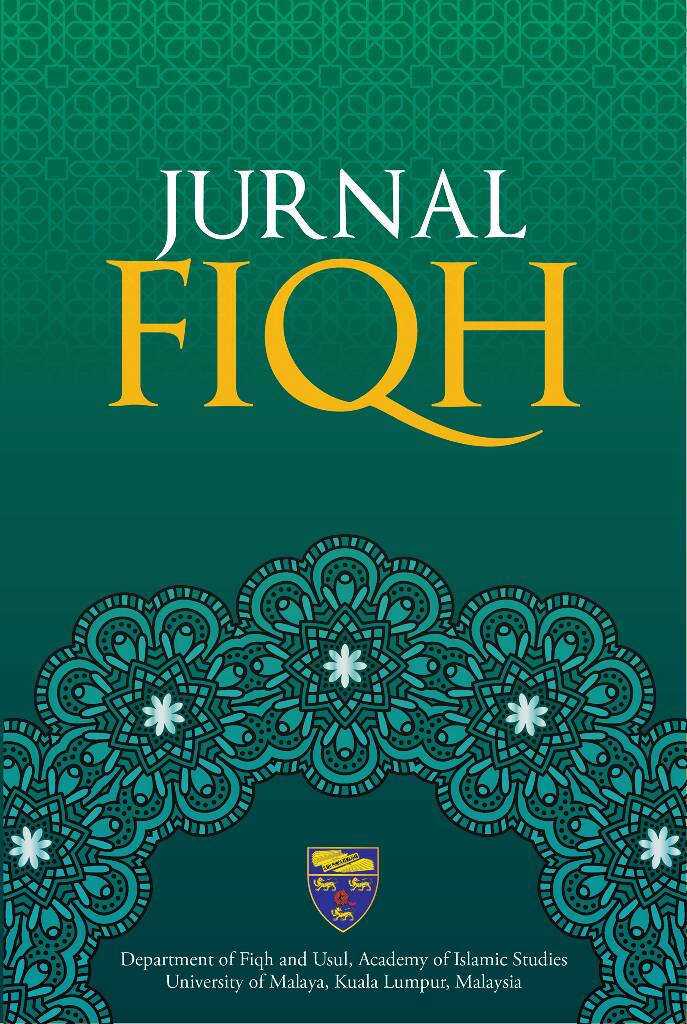Tarikh Miladi Sepadan bagi Kenampakan Hilal Ramadan Dalam Hadis Kurayb RA Berkaitan Matla’
The Corresponding Gregorian Date on the Sighting of the Ramadan Hilāl Concerning Maṭla’ in the Ḥadīth of Kurayb RA
DOI:
https://doi.org/10.22452/fiqh.vol18no1.2Abstract
Ḥadīth Kurayb RA about him being sent by Umm al-Fadl from Madīnah to Sham, is one of the main chronicles of the Shāfi‘i School regarding the outcomes of rukyah hilal which is applicable to the same maṭla’ only. This ḥadīth is narrated in most ḥadīth books including Ṣaḥīḥ Muslim, Sunan alTirmidhī, Abū Dāwud, al-Nasā’ī, al-Bayhaqī, alDaruqutnī, Musnad Ahmad bin Ḥanbāl and Ṣaḥīḥ Ibn Khuzaymah, the isnads are authentic and the narrators are thiqah. The reality today is that the appreciation of the ḥadīth is difficult to fulfil; although the distance from Madinah to Sham is only around 1055 kilometers it is considered ineffectual to employ the outcomes of rukyah in Sham. However, it is important to have a matching Gregorian date on the appearance of the Ramadan hilal so that the date stated in the ḥadīth could be confirmed. Thus, an analysis from the historical and astronomical perspective was conducted to determine the relevant Gregorian dates. The results of the historical analysis revealed that Kurayb’s proclamation could not have occurred earlier than 19H/640M in view of the presence of Muawiyah in Sham and could not be later than 36H/657M as the last event involving Umm al-Fadl recorded by some historians occurred in that year. The results of the data analysis revealed that the Gregorian date in the ḥadīth that corresponded to the appearance of the crescent moon, April 4, 653M (Thursday) was used to determine the beginning of Ramadan 32H/653M based on the parameters of the position of the moon including age, altitude, elongation, arc of vision (ARCV) and width (W) all of which were larger at Sham than at Madīnah during the rukyah evening, hence it could have been sighted in Sham and not Madīnah. It is hoped that this study could provide a clearer understanding to the community on the background of events in the ḥadīth, hence, the proposal for the potential implementation of a more global hijri calendar can be accepted.








